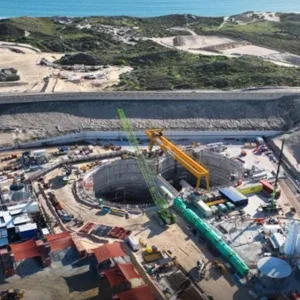Arow broke out in Ottawa, Canada last week between city councillors over the council’s approval of a new 3.2km light rail tunnel. Councillors were at loggerheads over whether or not the tunnel would relieve congestion and cut journey times.
The approval enables the city to begin property procurement and an expedited environmental assessment of the corridor.
The tunnel will form part of the city’s 13.5km light rail system east-west corridor between Tunney’s Pasture in the east and Blair Station in the west. The tunnel will begin just east of the Lebreton Station and will finish just south of the University of Ottawa Station. It will hold four stations: Downtown West, Downtown East, Rideau Centre and University of Ottawa Station.
Councillors voted 19-4 in support of the plan.
The chairman of the city council’s transit committee Councillor Alex Cullen, who voted for, said the project was the “appropriate choice for the future.”
He told T&TI the tunnel would ease congestion and “provide speedier, more reliable rapid transport through the downtown, where the bulk of the city’s jobs are.”
Councillor Clive Doucet, who voted against, rubbished the claim, saying “it will not increase cross-town speeds because it will require a transfer to buses at each end and the stations will be ten stories down and up to half a kilometre away for many riders.”
Doucet also claimed that it would take at least 15 years to implement and would be a massive draw on the council’s funding, diverting money from other transport works.
The estimated cost of the twin bore tunnel is CA$735M (US$691M) while the whole project is estimated at CA$2.1 billion (US$1.9bn). The province of Ontario has already pumped CA$600M (US$564M) into the project.
Doucet questioned how the council could budget CA$2bn (US$1.89 billion) for the first stage of the tunnel when “we can’t afford a universal pass for students that will cost $200,000 (US$189,000) and we’re cutting bus lines.”
Doucet is a proponent of surface light rail and is against putting the “environmentally friendly” electric rail underground.
He added that seismologists told the council that the massive amount of tunnelling might disturb the north-south fault line that the city sits on.
According to Cullen, the procurement stage is still about a year away.







